Refereeing Masterclass pt 1
- Comments: None
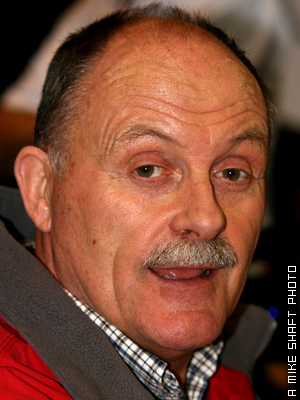 PLAY SITUATIONS – INTERPRETING CONTACT
PLAY SITUATIONS – INTERPRETING CONTACT
There must always be a balance between penalising the obvious, clear illegal contact that places opponents at a disadvantage and the small innocuous, sometimes incidental contact that does not interfere with the flow of the game.
Basketball played at speed by skilful players is a beautiful aesthetic experience; therefore we cannot allow the image of the game to be tarnished by those players and coaches who resort to illegal actions and behaviour. There have been many training videos produced to assist referees in fulfilling their responsibilities on and off the court.
Because the official has the power to stop the game, it is essential that he KNOWS and can actually SEE what happens, rather than THINKS that he knows what happens, which in reality is GUESSING. There is a great difference between the two.
The ability to remember the constant supply of numerous forms of information (documents, videos, personal experiences), that are provided to enable referees to learn and grow and apply them correctly to the present situation is what determines an excellent official. RECALL DETERMINES PERFORMANCE.
Officials do NOT have the authority to change interpretations or rules, especially in situations related to the score, intensity or time remaining in the game. The game should always be decided by the LEGAL actions of players and coaches, NOT by the ILLEGAL actions that officials choose to ignore. It is UNACCEPTABLE for an official to tell a player or coach that he did not penalise an illegal contact or violation, which he clearly saw, because it happened outside his primary area of responsibility. Abdicating responsibility to another official shows a lack of courage to make a tough or “unpopular” call and also undermines the respect within the officials’ team.
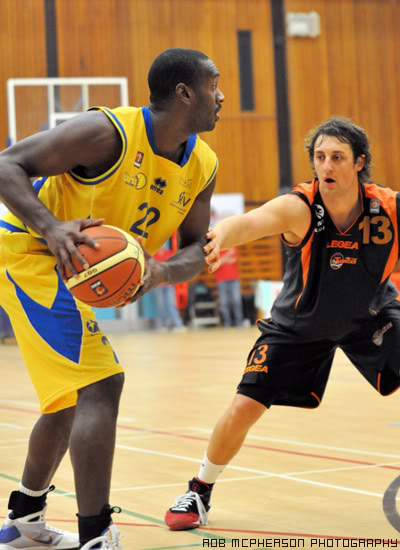 There are many potential situations that can occur at the end of a period, end of a game and also during a game, that need to be viewed within the context of that particular game, between those two particular teams on that particular day. Many of us call it FEEL FOR THE GAME; others call it COMMON SENSE but whatever you call it officials must be prepared for and UNDERSTAND all the possible situations that could arise and know how best to deal with them.
There are many potential situations that can occur at the end of a period, end of a game and also during a game, that need to be viewed within the context of that particular game, between those two particular teams on that particular day. Many of us call it FEEL FOR THE GAME; others call it COMMON SENSE but whatever you call it officials must be prepared for and UNDERSTAND all the possible situations that could arise and know how best to deal with them.
Do not be influenced by GAMESMANSHIP.
Players and coaches will try to influence officials by verbal and/or physical demonstration, flopping, grunting and other sounds when contact (however slight) occurs and also even feigning injury in crucial situations.
It is apparent that many officials do not understand basic basketball terminology and that they lack the ability to recognise fundamental play situations on the court during games. It is essential that the training of officials incorporates the knowledge and experience of coaches. In order to further enhance the professional relationship between players, coaches and officials it is important that each recognises and understands the others’ roles. There is much to be learnt from each other in this respect. Practical workshops for players, coaches and officials are the key to better understanding and performance.
Analysis
With all CONTACT that is determined as ILLEGAL, the officials must address it from the beginning of the game and call it consistently throughout the whole game. Players and coaches will adjust if the officiating is consistent.
HAND-CHECKING.
Hand-checking is the “illegal” use of the hand(s)/arm(s) to impede/influence the movement/progress of an opponent with or without the ball.
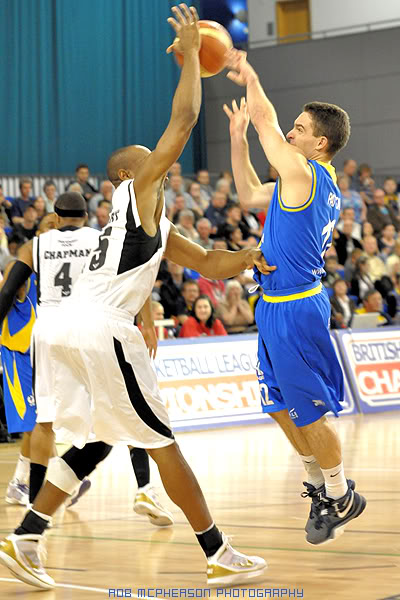 A defensive player may not place his hand/forearm upon an opponent with the intention of holding or pushing (steering) that player. To momentarily place a hand/forearm upon an opponent is not necessarily illegal unless the action is constantly repeated. A verbal warning should always be given in order to prevent the illegal action taking place.
A defensive player may not place his hand/forearm upon an opponent with the intention of holding or pushing (steering) that player. To momentarily place a hand/forearm upon an opponent is not necessarily illegal unless the action is constantly repeated. A verbal warning should always be given in order to prevent the illegal action taking place.
Under no circumstances may the defensive player place 2 hands upon an opponent, even within his cylinder
A defensive player FACING his opponent has no legal reason to place his hand/forearm upon an opponent, as defense is played with the feet. A post player may place a forearm (within his own cylinder) on the back of an opponent, but the first and only contact must be with the forearm or the chest/stomach. This also applies to a player defending a dribbler who is backing into (not facing) the basket, the first and only contact must be with the forearm or the chest/stomach.
The use of the forearm or chest/stomach must not dislodge or push the opposing player from his position. Similarly, an offensive player dribbling the ball is not permitted to use a hand/forearm to prevent his defensive opponent from legally “stealing” the ball. If hand-checking is not penalised then players will react aggressively thereby creating loss of game control, even momentarily.
Under no circumstances may the defensive player place two (2) hands upon an opponent even within his own cylinder.
Officials should be aware of situations when hand-checking could take place:
1 At moments in the game when aggressive and/or pressing defense is applied.
2 When players are tired and “cheat” on defense by using hands instead of moving their feet.
3 In defensive mismatch situations where the offensive player is clearly quicker, taller and stronger than the defensive player, especially during initial moments of the start of a dribble.
4 During “isolation” plays (one v one) as above and on any drive to the basket.
POST PLAY
Offensive and defensive players have equal rights to any position that they have legally established on the court. Post play should be viewed and anticipated as a physical (not rough) match-up between two opponents, especially big players.
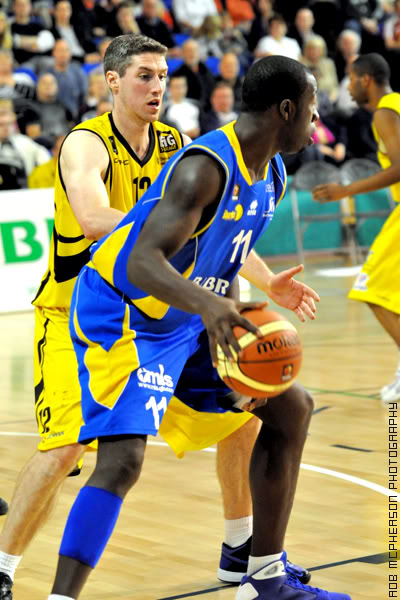 Incidental contact between post players is to be expected but the use of hands, arms and/or legs/knees to push and dislodge opponents is not permitted.
Incidental contact between post players is to be expected but the use of hands, arms and/or legs/knees to push and dislodge opponents is not permitted.
A defensive post player may place his leg/knee in between the legs of a stationary opponent in order to maintain position, but if that leg/knee is raised off the floor, or impedes the movement of, or dislodges the opponent then a foul should be called.
A defensive post player may place a forearm or chest/stomach on the back of his opponent. At no time may a hand or both hands be placed upon an opponent.
Once the defensive post player has established a legal guarding position, he cannot be dislodged from that position by the actions of the offensive player in lowering his body and “bumping” his opponent towards the basket.
Neither can the offensive player grab an opponent’s leg or “hook” his body whilst turning, either to shoot or receive a pass under the basket. Excessive physical play to dislodge a player from a legally established position must not be allowed.
Pay attention to players who interlock arms when jostling for position. Warn the player who initiates the arm-locking and if there is no response, call the foul. Watch the whole play from the beginning in order to determine who created the illegal contact, otherwise call a double foul. There can be no “let them play” attitude when the contact is excessive or rough.
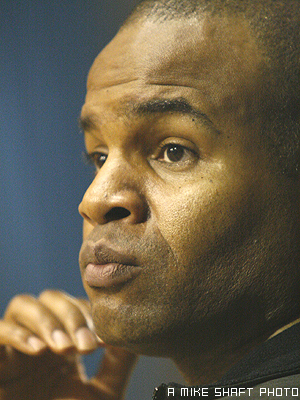 Rough play in post play situations is likely to occur when:
Rough play in post play situations is likely to occur when:
The offensive player has dislodged the defensive player from a legal position on the floor.
The offensive player has the ball and his opponent is allowed to use his hands, extended forearm, knees or upraised leg into the buttocks.
The offensive player lowers his buttocks and pushes backwards, also using his hands and arms to dislodge his opponent.
The offensive player signals to receive a pass or lob pass and then uses his arms in a “swim-stroke” to push the defenders arms away or by using his elbow or extended forearm to “pin” and dislodge his opponent.
The offensive player may not use his elbow to push away the defensive player’s hand(s) in order to protect a shooting attempt.
Be aware of any situations that may create potential violence between opponents or attempts to deceive officials by ‘flopping’, either by the defensive player or a shooting player.
Alan Richardson and Clifford Luyk.
Be the first to write a comment.
Your feedback